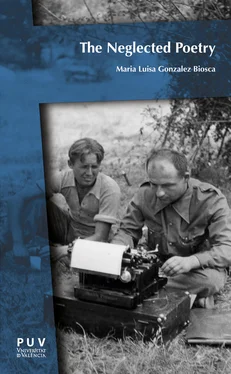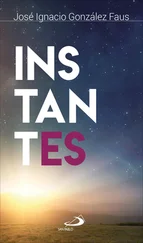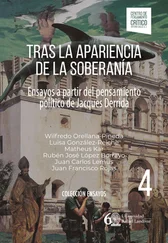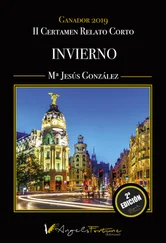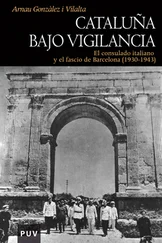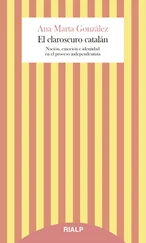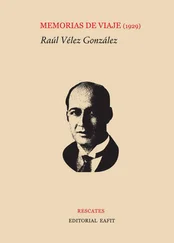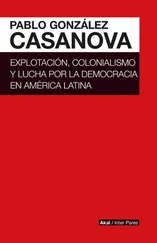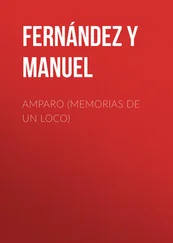1.4. Selection of the Retrospective Poets
The first selection of poetry written by brigadists, nurses and journalists who were involved in the war, has been extended with the poems written by those who wrote them after the end of the war. As mentioned before, I have called this group Retrospective Poets.
Therefore, I decided to separate this group from the one of the brigadists, because their poems were written after they had returned to their countries. These poems echo their remembrances of the war. Some were written while the war was still in progress and others were written many years later.
1.5. Selection of the Poets who supported the Spanish Republic from Abroad
As I have already mentioned in the introduction, this third group of poets, who for different reasons supported the loyalist side of the Spanish struggle with their poetry, left an important legacy. There were poets both from Europe and from America and Canada. The selection of these poets has been made from different newspapers and anthologies of poetry from the Spanish Civil War, some from the 1930s and some published more recently, as for example, the Anthology of American Poetry by Oxford University Press, published in 2006. Some authors were already canonical at that time; others were not recognized until a few years later.
As this anthology indicates, the poetry written by the Brigadist and Retrospective groups and the Abroad group that supported the Spanish Republic paid special attention to imagery and symbols, even though it was realistic poetry. The poets who wrote from abroad depicted the striking crudeness of war by combining simple vocabulary and, in some cases, complex diction. It was a poetry which focused on propaganda, as it wanted citizens of other countries to open their eyes to the advance of fascism. On the other hand, the poetry of the Brigadists and Retrospective groups conveyed the reality of a shock-force soldier with his own fears, feelings and hopes; thus, they also used plain diction to describe specific moments and situations. They did not use extra words, just the necessary ones to reflect their emotions and the intensity of war. By contrast, even though the supporters used simple language as well, we can extract from the reading of the poems, that their language was more rhetorical and enveloping; sentences were complex and longer.
Reading the poems aloud again and again, recording, listening and reading them again was the technique I used to grasp the iambs, rhyme and the intensity of the poems. Many poems were written in free verse; however, classical types also abound, as the sonnet, elegy, apostrophe and classical stanza, like the heroic quatrain. A classic device of Georgian and Pastoral poetry profusely used by these poets is the capital letter at the beginning of each line of the poem.
The interpretation is another step where I entered the creation of the poem to discover its message through the understanding of the elements of the lyric, such as, lyrical object, theme, tone, attitude and speaker or persona, who sometimes acts as the voice of the poet, but other times is the voice of the protagonist.
Spiegelman explains how to listen to the poems; the rhythm, rhyme and the words all create an effect on the meaning of the poem and, since this is war poetry, the reader can hear the sounds of war: the bombs, the explosions, the shouting, the confusion. In “Lecture Five” the author deals with metaphor and metonymy, which are poetic devices used extensively in figurative language to enhance what the poets are saying in order to give the reader more impact.
2
The Intervention of the International Brigades: The Answer to a False Agreement of Non-Intervention
2.1. The World-Wide Political Scenario
The decade of the 1930s endured an economic depression preceded by the strain of the First World War. The scenario of disenchantment and social marginalization, that followed the Wall Street Crash of 1929, created the beginning of the ten-year Great Depression that generated huge rates of unemployment. It penetrated into the most unfortunate classes and caused the loss of property and capital in the upper and middle classes.
A couple of years before the beginning of the Spanish war, Edna St. Vincent Millay stated her pessimism about the social conditions and the political situation of those years in her poem “Apostrophe to a Man”:
In 1934, Edna St. Vincent Millay wrote Apostrophe to Man , a poem of unmitigated pessimism and scorn. Her line Put death on the market , echoed the anger after World War I at the so-called war profiteers who had supplied shoddy materials to armies at vast profit. Millay’s disgust with the false patriotism used to promote war reflected her desire for radical reform along with many of the intellectuals and artists in America, especially in her Greenwich Village political and cultural circles. Their ideas for social changes will result in their strong support for the Republican side in the coming war in Spain (Sheldon, 1999: 78).
Consequently, poverty and hunger helped to spread fascism and racism in Europe as well as in the United States. Then, the social impact of the Depression of the thirties turned left political movements towards Communism, a doctrine that was seen as a new social model which could develop a more equalitarian society; its principles were based on Marxism, a political ideology that also exerted its literary influence on new leftist poetry.
The point was that Capitalism versus Marxism put the reality of that hungry and angry decade into words. The left-wing poetry of the thirties found new inspiration in the labour problems, as well as racism did in the United States. Richard Wright was a black communist American poet, who belonged to the Chicago Black Renaissance. Wright joined the Chicago branch of the John Reed Club 1in 1933 and in 1937 he published a manifesto, Blueprint for Negro Writing. In Writers of the Black Chicago Renaissance Butler states (2011: 349):
Blueprint for Negro Writing calls for a radically new form of Black American literature, which is centered on the actual experiences of the masses of black people using “channels of racial wisdom,” black folk art as it is expressed in the blues, spirituals and folktales. The essay also called for an end to the isolation of the earlier African American writers replacing it with a deeply social and political consciousness embedded in the responsibility to express “a collective sense of Negro life in America.”
Meanwhile in Great Britain, the inhabitants of the town Jarrow were enduring the consequences of the economic crisis of 1929. There were no jobs for coal and shipyard workers; therefore, they embarked on a great march against hunger, the Jarrow March. Two hundred unemployed workers from Jarrow, in County Durham, gathered in a crowd and took the road to London. Since the beginning of the crisis, a number of similar marches were held, but that of Jarrow has remained the most memorable in history; it became known as the Jarrow Crusade . The proletarian movements strongly influenced the poetry which was later written by the brigadists and the poets, who supported loyalist Spain from abroad, because the Spanish Republic had become a symbol of the class struggle.
At that time the United Kingdom was the first imperialist world power; half the world was ruled under the slavery of colonization. The next colonizing power was France. Therefore, these countries could not support the Spanish democracy; they could not support the freedom which they themselves denied to their colonies.
Langston Hughes, an American writer and war correspondent who worked for the Baltimore Afro-American , narrates in his memories I Wonder as I Wander , the encounter he had with a young negro at the beach of Valencia:
Читать дальше
